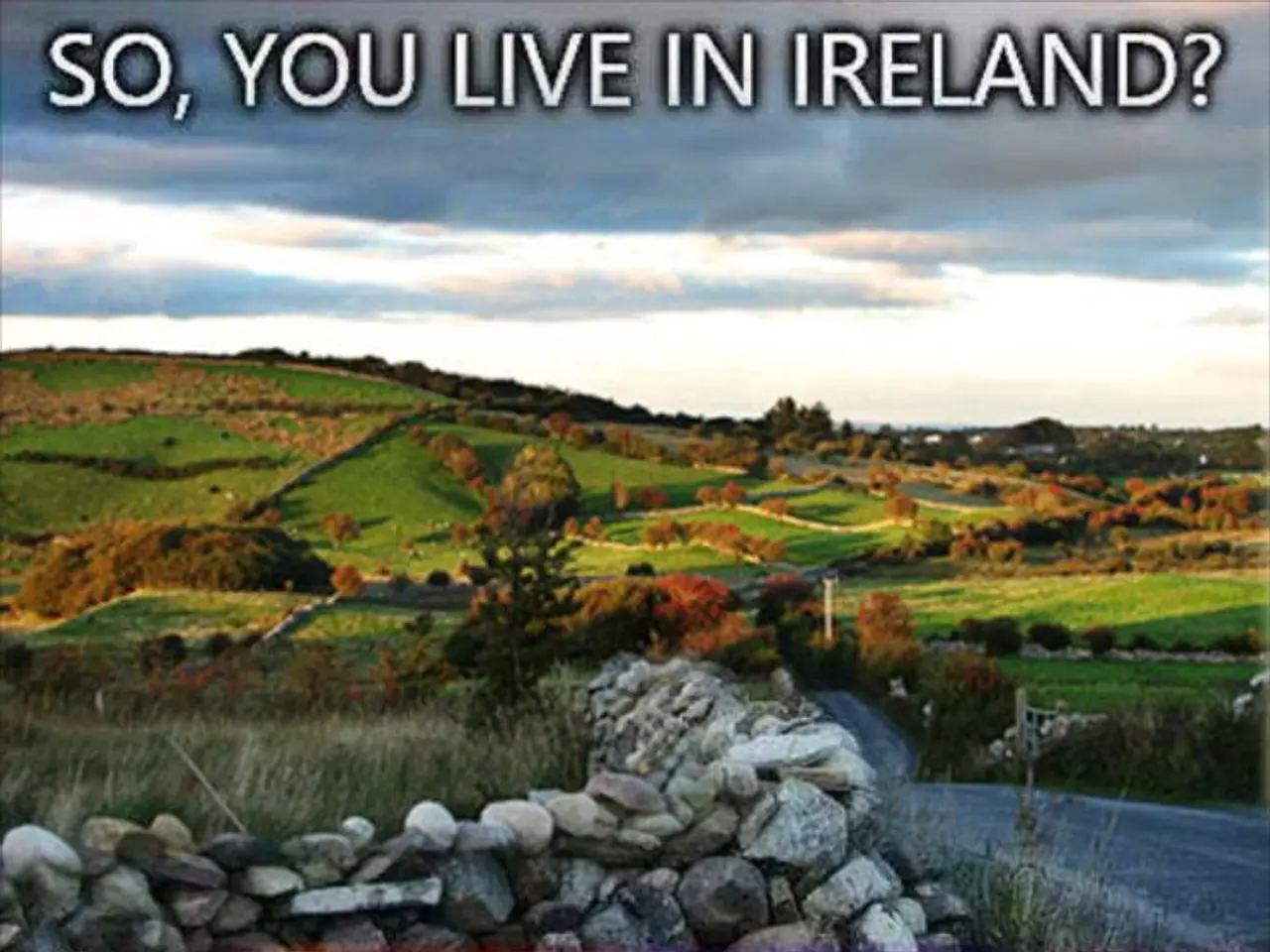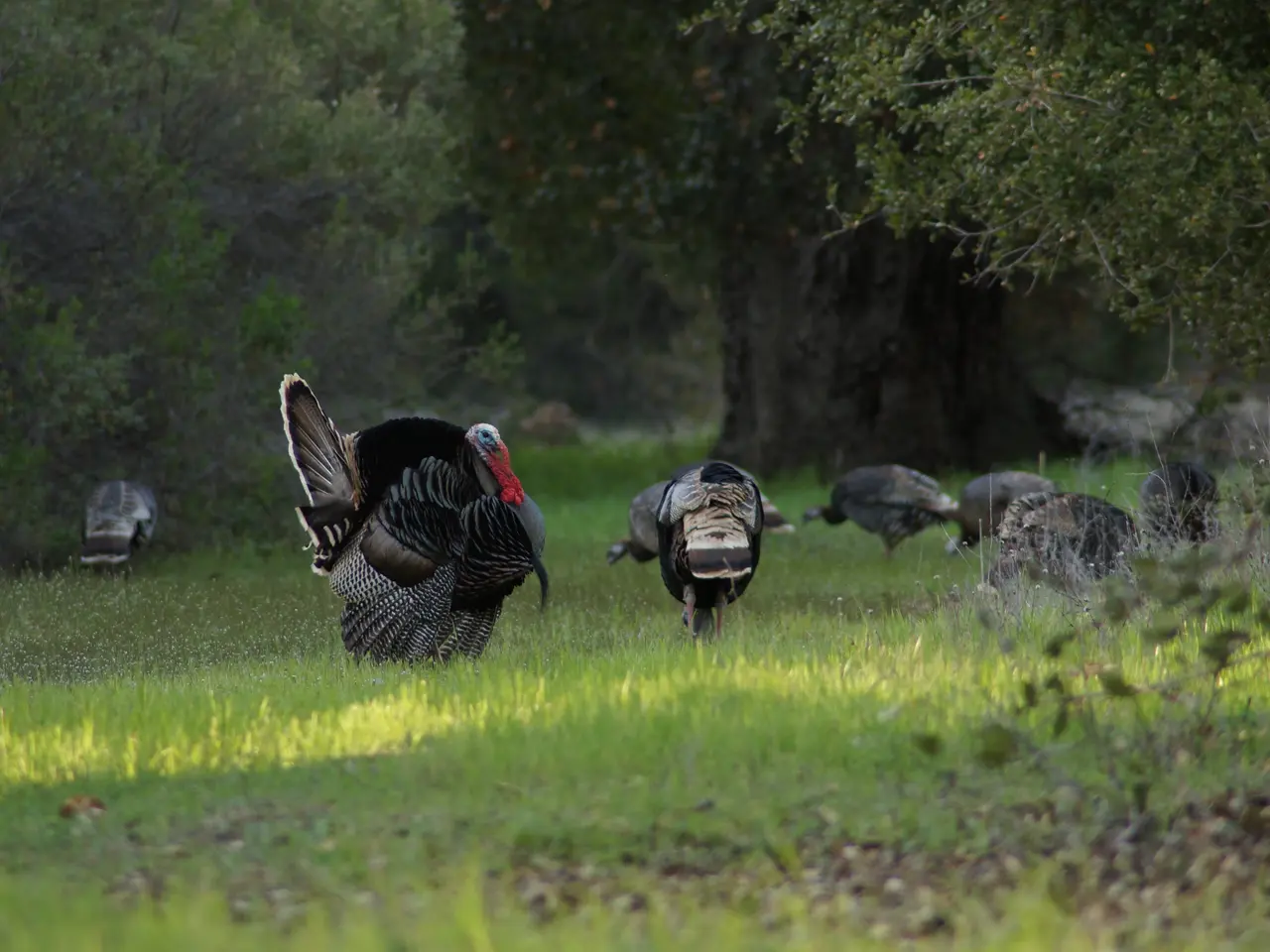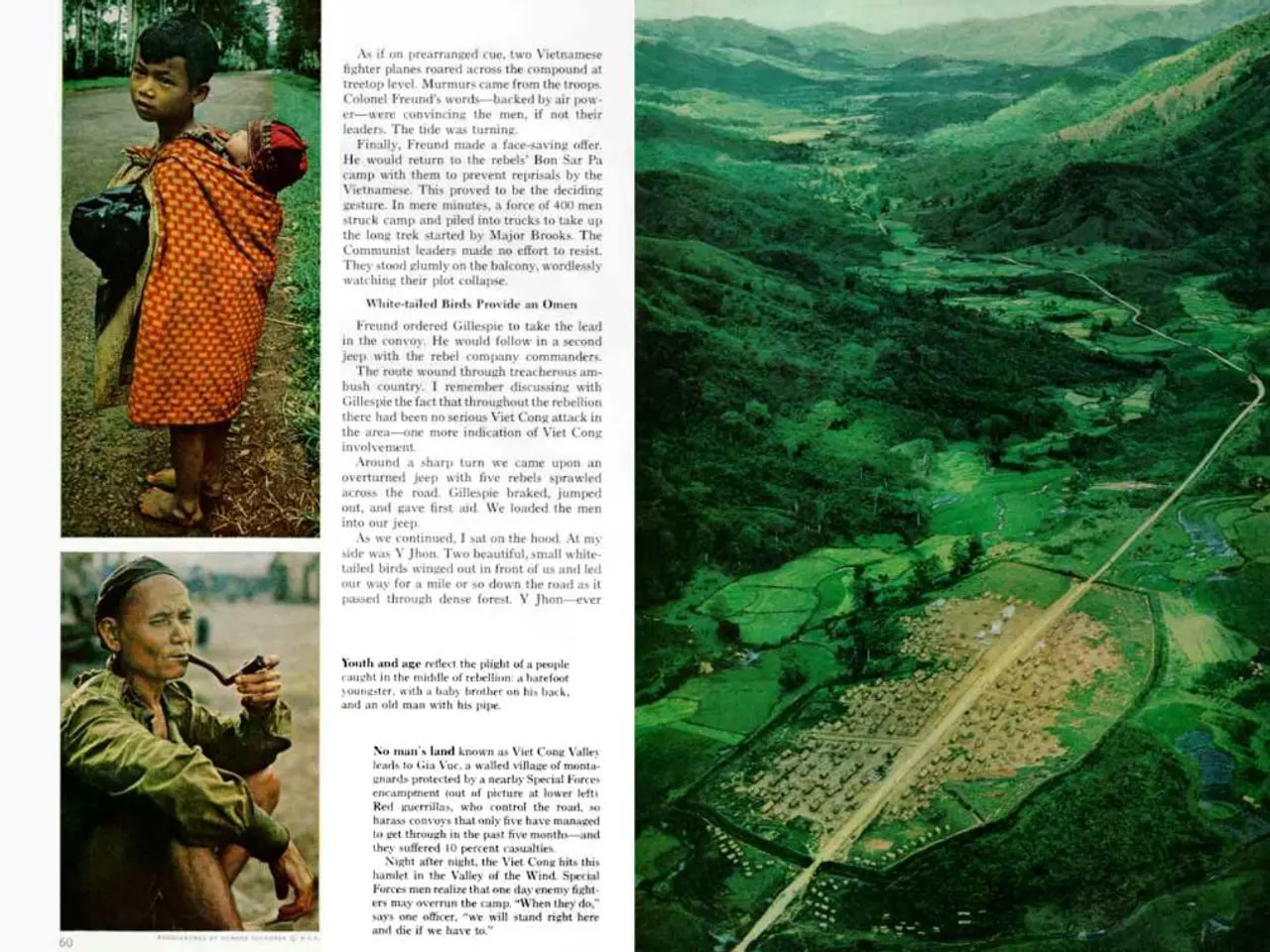Two blazes erupt in Vila Real, prompting the deployment of 10 aerial response teams: Torgueda and Sirarelhos fires.
As of early August 2025, large-scale forest fires are currently active in the municipality of Vila Real, Portugal, forming part of a broader wildfire crisis in northern Portugal. The fires have been burning since late July and have mobilized an unprecedented number of firefighters, including special forces from Latvia, as part of a national effort involving over 2,400 firefighters across the country.
The Vila Real fire, the largest of the blazes, has involved 522 firefighters, with 284 personnel, 99 vehicles, and two aerial means dedicated to controlling an approximately 80% contained fire, as of 08:00. The fire developed with greater intensity and concern, with a third active fire starting in São Cibrão and spreading to Sabrosa.
Another significant fire is the one that started in Sirarelhos at 23:45, with 104 personnel, 26 vehicles, and six aerial means working to control the two active fronts. One active front of the fire is burning in pine forest towards Gontães. Both fires have large extents, causing concern and hot spots developing in areas of brush and pine forest.
In response to the situation, the Portuguese government declared a state of alert for the entire continental area from August 3 to 7, enhancing operational firefighting capacity and implementing protection and prevention measures. The fire danger forecast remains high to extreme in northern Portugal, with a total of 1,800 to 2,440 firefighters deployed, supported by hundreds of vehicles and aircraft.
The ongoing extreme heatwave exacerbates fire risk, with temperatures expected to reach up to 44°C[1][2][3][4]. The state of alert was declared due to the deterioration of meteorological forecasts indicating a significant risk of rural fire.
The extent of the fires across Portugal this year is severe, with nearly 42,000 hectares burned—eight times more than in the same period in 2024—with 72% of the burned area concentrated in the northern region where Vila Real is located. More than half of the total burned area occurred within less than two weeks since July 26, highlighting the rapid progress and intensity of the fires. Several fires have been quickly suppressed, but some, including the Vila Real fire, remain active as of early August 2025.
There is concern that the fire in Torgueda may spread towards the villages of Granja and Bisalhães. Orlando Matos, the commander of the Vila Real White Cross firefighters, has stated the urgent need for continued vigilance and firefighting efforts to contain and extinguish the fires, and prevent further spread towards populated areas.
[1] Portuguese Institute of Meteorology (IPMA) [2] National Institute of Emergency Medical Services (INEM) [3] Portuguese Civil Protection Authority (CPA) [4] Bombeiros Voluntários do Vale do Côa
- In light of the ongoing wildfire crisis in northern Portugal, the Portuguese government has deployed over 2,400 firefighters, including forces from Latvia, to combat the blazes, with the Vila Real fire being the largest, involving 522 firefighters as of 08:00.
- As a response to the deteriorating meteorological forecasts, the government declared a state of alert from August 3 to 7, focusing on enhancing operational firefighting capacity and implementing protection and prevention measures, ensuring public safety amidst the high to extreme fire danger.
- The environmental impact of the forest fires in Portugal is severe, with the more than 42,000 hectares burned, eight times more than in the same period in 2024, raising concerns about the effects of climate change on the environment and the need for better science-based policy-and-legislation regarding environmental-science and land management.






